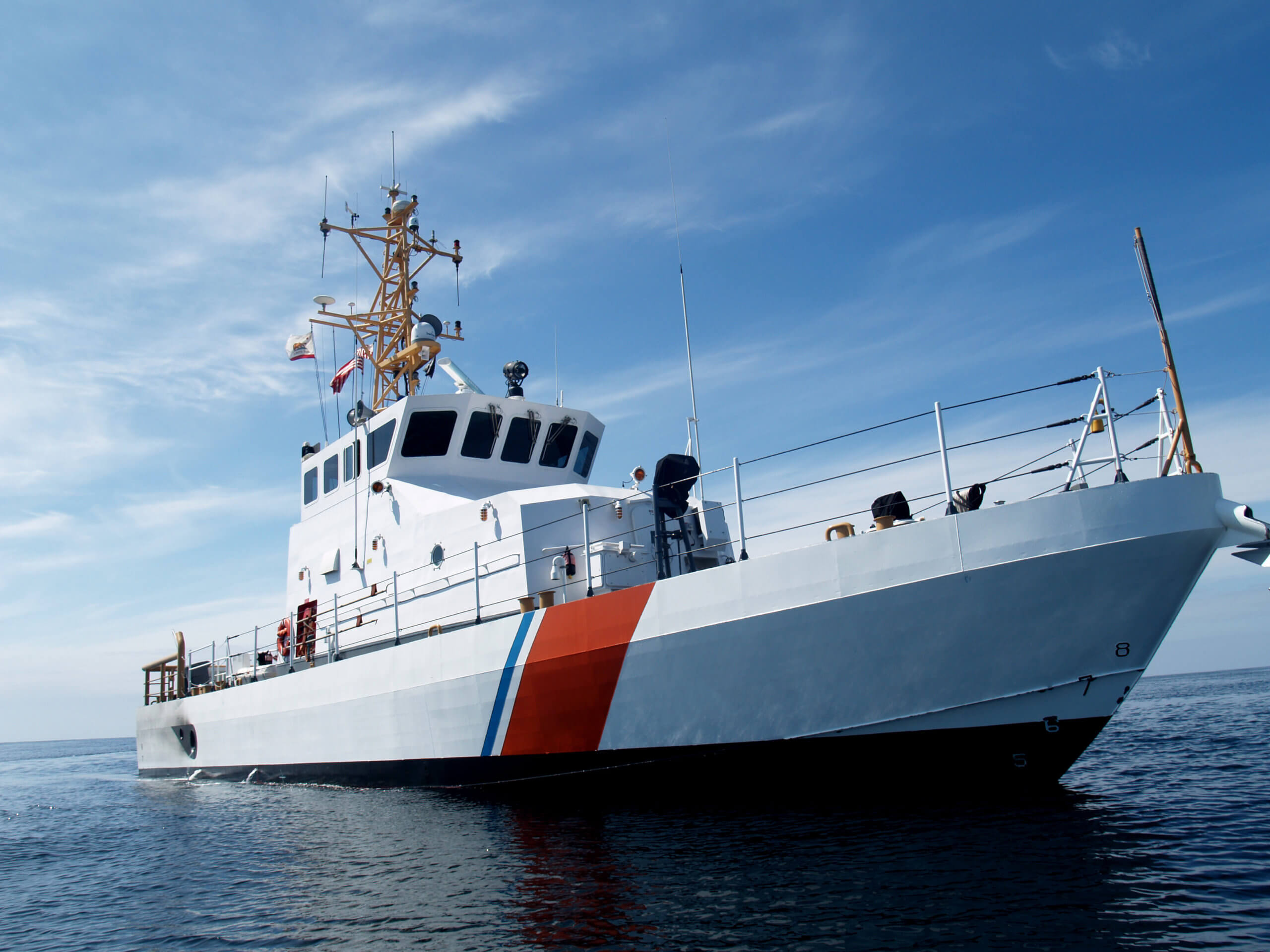Preventing A Collision At Sea, Part XI

You may remember that we’ve written about boat-handling in foggy conditions. Why is that? Well, if anybody has noticed how thick the fog can be, it bears deep understanding of what to do – and don’t do – when enveloped in it. Within our series on the International Regulations for Preventing Collisions at Sea, or COLREGs, this column is more scholarly. In short, if there isn’t a rule for it, it doesn’t exist!
Rule 19 — Conduction Of Vessels In Restricted Visibility
First, does “restricted visibility” mean fog? No. It encompasses all perceptibility issues, from rain, darkness, and fog, to snow, smoke and heavy seas (like when you are down in troughs and can’t see anything but the sea . . .)
What does Rule 19 cover?
Specifically, this governs how vessels that can’t see each other act. If you can see each other, even in the fog, all prior rules we have discussed rise to the top. Further, it states that (like with a car), “Every vessel shall proceed at a safe speed adapted to the prevailing circumstances and conditions of restricted visibility.” It goes on to add that “a power-driven vessel shall have her engines ready for immediate maneuver.” Remember with respect to the language of the rules — “shall” means “must.”
Be aware that this injunction about having your engines ever-at-the-ready means more than a bit of “having your cake and eating it, too,” with respect to an admiralty or maritime board. For example:
If you are traveling at speeds consistent with “normal” visibility within sight of an area of restricted visibility, i.e., a fog bank, you can be judged to have been speeding as if you were in the fog bank. Why? Because you can’t see a boat coming out of it and she can’t see you, until it’s too late.
A vessel which detects “by radar alone” the presence of another vessel shall determine if a close quarters condition is developing and/or a risk of collision exists. (Remember, if you have radar and you don’t turn it on, you are already breaking the rules since you are obligated to use “all available means” for navigation and safety.) If a risk of collision exists, “she shall take avoiding action in ample time,” but don’t turn to port if you believe a vessel is ahead of your beam (midships), unless you are overtaking that vessel; turn toward the vessel on your beam or abaft (behind) you, unless you can’t avoid it.
If you believe a risk of collision exists, “every vessel which hears apparently forward of her beam the fog signal of another vessel shall (must!) reduce her speed to the minimum at which she can be kept on course. She shall (must!) if necessary take all way off and, in any event, navigate with extreme caution until the danger of collision is over.” But be ready and “have her engines ready for immediate maneuver.”
Admittedly, this rule is hard to follow, in that “safe speed” has been judged repeatedly by maritime boards as “allow stopping in half the distance of visibility.” There have been some days of late where visibility didn’t extend to the bow! Further, many a mariner (including this one) has turned off his engine to increase his ability to hear. Perhaps now with four-strokes being so much quieter, this conundrum can be avoided.
In short, unless you are dead sure that there is no risk of collision, assume there is a risk. If a collision occurs, that is prima facie evidence that a risk did exist and both skippers broke Rule 2! Assuming there is a risk, your first and best step is to slow to bare steerage, and then get on that whistle (horn).
Here is one last idea and it is not in the rules and in fact goes against 2(b) above (Rule 19-d-ii, in the COLREGs) but goes back to time immemorial: If you hear a boat ahead of you, before you take all way off, turn into her. Your bow presents a smaller target than your beam and the bow is your least vulnerable point. It is nearly impossible for her bow to plow into your boat through your bow. They will “glance off” each other.
You won’t find that in any rule book, but it may go back as far as the Phoenicians.
If interested in being part of U.S. Coast Guard forces, email the author at JoinUSCGAux@aol.com.



